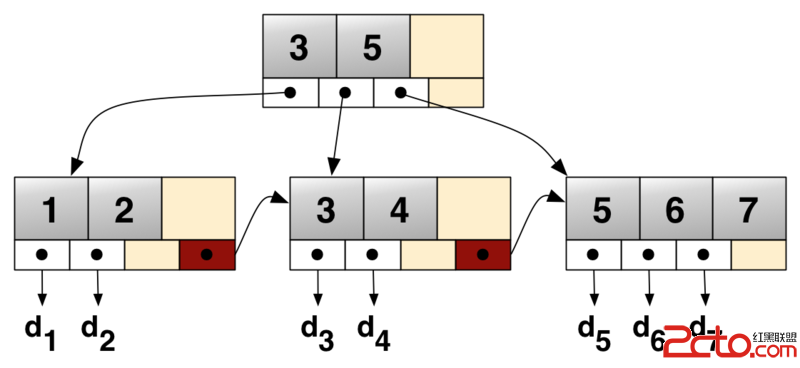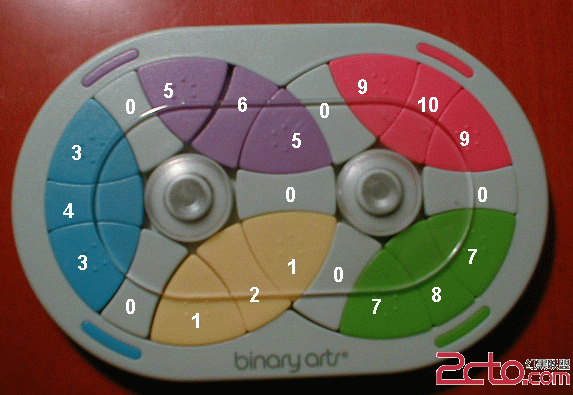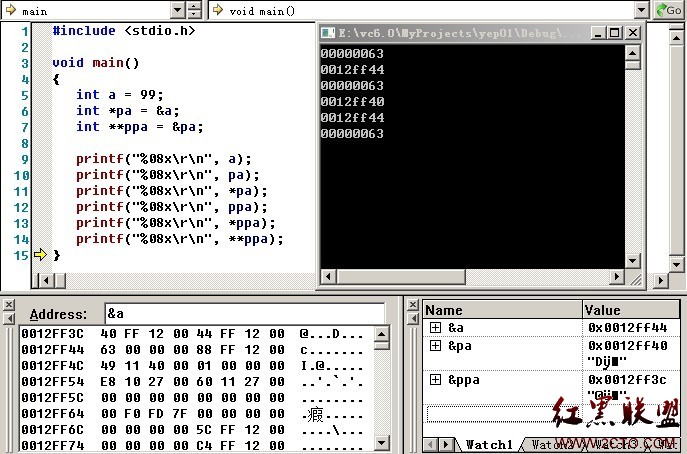C++指向函数的指针
C++函数代码也和对象一样,都是保存在内存中的,所以函数也是有内存地址的。但是函数指针是不予许修改的。只可以有两种操作 1. 调用函数, 2 获取其地址。
[cpp
void error(string s) { /*函数内容*/ }
void (*efct)(string); // 确定函数指针的类别
void f()
{
efct = &error; // efct points to error
efct("error"); // call error through efct
}
函数指针和一般指针不同,用和不用*操作都是可以的。
同理,用和不用&操作都是可以的:
[cpp]
void (∗f1)(string) = &error; // OK: same as = error
void (∗f2)(string) = error; // OK: same as = &error
void g()
{
f1("Vasa"); //OK: same as (*f1)("Vasa")
(*f1)("Mary Rose"); // OK: as f1("Mary Rose")
}
函数指针类型一定要注意匹配:
[cpp]
void (*pf)(string); // pointer to void(string)
void f1(string); // void(str ing)
int f2(string); // int(string)
void f3(int*); //void(int*)
[cpp]
void f()
{
pf = &f1; // OK
pf = &f2; // error : bad return type,should be pointer
pf = &f3; // error : bad argument type, should be pointer
pf("Hera"); // OK
pf(1); //error : bad argument type
int i = pf("Zeus"); // error : void assigned to int
}
函数指针是广泛地用在C-style代码中,作为其他函数的参数的。
不过在C++中比较少用了。C++应该使用functor,如下:
[cpp]
int main()
{
cout << "Heads in alphabetical order:\n";
sort(heads.begin(), head.end(),
[](const User& x, const User& y) { return x.name<y.name; }
);
print_id(heads);
cout << '\n';
cout << "Heads in order of department number:\n";
sort(heads.begin(), head.end(),
[](const User& x, const User& y) { return x.dept<y.dept; }
);
print_id(heads);
}
补充:软件开发 , C++ ,





